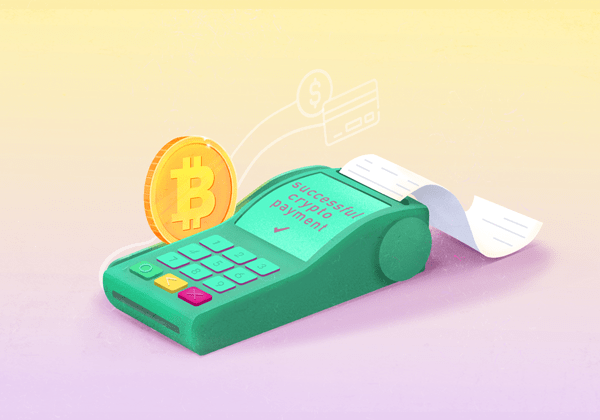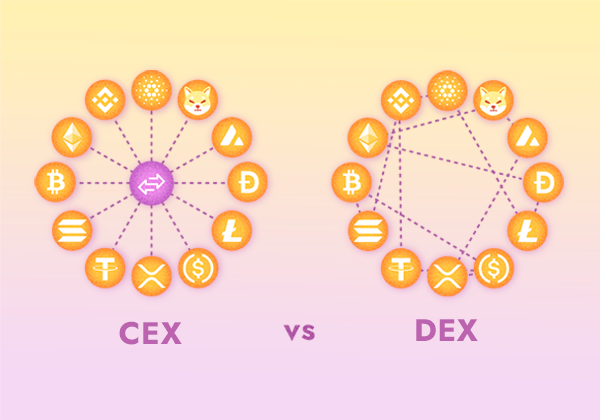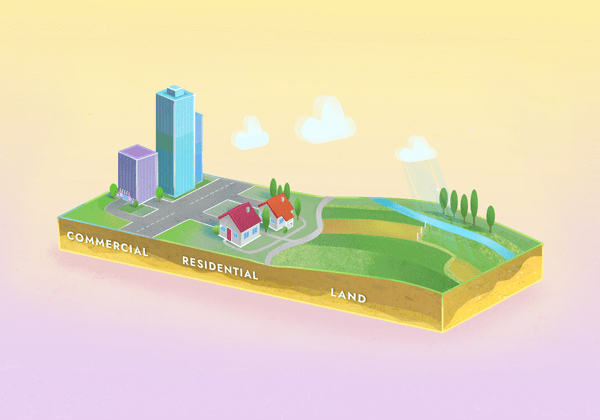
What are DApps, and How Do They Work?
DApps, short for Decentralized Applications, have become a significant development in the technology landscape. Unlike traditional centralized applications, DApps utilize blockchain technology to provide decentralized, transparent, and secure solutions.
This article provides a concise overview of DApps, delving into their definition, functionality, and underlying principles.
Table of contents
What is a DApp?
Decentralized applications, commonly known as DApps, are digital applications or programs that operate on blockchain technology instead of centralized servers. They encompass a wide array of services and functions, ranging from gaming to finance and social networking.
DApps function within decentralized peer-to-peer networks, adhering to specific characteristics outlined in an early report. These include:
- Open-Source Nature: DApps are characterized by their publicly accessible source code. This enables users to review, utilize, adapt, and redistribute it. The majority of coins or tokens aren't controlled by a single party, and changes to the DApp can be proposed and decided through user voting.
- Decentralization and Encrypted Safeguarding: The data of DApps is not only securely kept but also cryptographically secured on a publicly distributed ledger, the blockchain. This blockchain is maintained by a variety of nodes, reinforcing its decentralized nature.
- Tokenized System: DApps can be accessed using cryptographic tokens and often support cryptocurrencies like ETH. They may generate native tokens through consensus algorithms like Proof of Work (PoW) or Proof of Stake (PoS). These tokens can also be used for miner and staker rewards.
- Historically, the Bitcoin blockchain is considered the first DApp due to its open-source nature, decentralized blockchain storage, and use of a cryptocurrency token alongside the PoW consensus algorithm. However, the term "DApp" typically refers to decentralized applications utilizing smart contract features on blockchain networks, excluding Bitcoin as it does not support smart contracts.
As of June 2022, the majority of DApps operate on the Ethereum network, known for its robust infrastructure and versatility. However, developers have expanded their focus and started building DApps on other blockchains like BNB Smart Chain (BSC), Solana (SOL), Polygon (MATIC), Avalanche (AVAX), EOS, and more.
How Do DApps Work?
DApps, or decentralized applications, operate in a unique manner that sets them apart from traditional centralized applications. These applications are built on the foundation of smart contracts, which are like self-executing agreements written in code. Smart contracts exist and work on a blockchain.
When a user interacts with a DApp, the smart contract governing any specific function is triggered. The smart contract automatically executes the predefined instructions and performs the necessary actions. For example, if a user wants to purchase a digital collectible in a DApp, the smart contract will validate the transaction, transfer ownership, and update the relevant records on the blockchain.
One of the remarkable aspects of decentralized applications is the immutability of their smart contract code. Once the smart contract is deployed on the blockchain, it is extremely difficult to change or remove. This means that even if the development team behind the DApp disbands or ceases to support the application, users can still access and use it because the code and functionality remain intact on the blockchain.
The distributed nature of DApps is also worth noting. Unlike centralized applications that rely on a single server or entity for operation, DApps operate on distributed peer-to-peer networks. These systems are composed of numerous nodes, or computational units, each retaining a duplicate of the blockchain while simultaneously confirming transactional operations. Such decentralized configuration warrants the absence of a solitary failure point, thereby fortifying the robustness of DApps against potential attacks or systemic malfunctions.
Advantages of DApps
Decentralized Applications (DApps), despite sharing aesthetic similarities with their centralized counterparts, afford considerable benefits due to their distinctive structural foundation. Traditional web applications, which are contingent on centralized servers to store data, expose themselves to the risks of security infringements and operational interruptions. DApps, contrarily, function on decentralized networks devoid of any centralized authority.
The eradication of a singular failure point within DApps amplifies their imperviousness to cyberattacks, assuring enhanced resilience and persistent operational uptime. Even in instances of individual computing components or segments of the network faltering, the interconnected mesh of peers within a peer-to-peer (P2P) network retains the continuous function of the DApp, attenuating disruptions to its service.
Intrinsically, the decentralized architecture of decentralized apps confers a heightened degree of control to users over their personal information. Given the absence of a governing central entity over user data, there is no mandate for users to divulge their identities while interacting with a DApp. Users, through the conduit of a cryptocurrency wallet, can establish connections to the DApp and retain unmitigated authority over the transference of their information.
Moreover, DApps employ the technology of smart contracts, facilitating an effortless integration of cryptocurrencies into the core operational mechanics of the application.
Disadvantages of DApps
Despite their numerous advantages, DApps also face certain limitations and challenges that must be solved. One significant concern is scalability. As the user base and transaction volume increase, DApps may experience scalability issues due to the decentralized nature of their networks. The distributed consensus mechanisms used by blockchain networks can lead to slower transaction processing times and higher transaction fees, hindering the scalability of DApps. Efforts are being made to develop scaling solutions, such as layer-two protocols and sidechains, to mitigate these challenges and enhance the scalability of DApps.
Another area of consideration is user adoption and usability. While the concept of decentralized applications holds promise, the learning curve for users unfamiliar with blockchain technology and cryptocurrency can be steep. The complex processes of setting up wallets, managing private keys, and interacting with DApps can be daunting for newcomers. Additionally, the user experience of some DApps may not be as intuitive or polished as their centralized counterparts, leading to usability concerns. Improving user-friendly interfaces, providing better educational resources, and simplifying onboarding processes are crucial steps in fostering widespread adoption of DApps.
Making modifications to a DApp is another complex task. To enhance user service and security, DApps need to rectify bugs, update interfaces, and introduce new features. The challenge lies in the fact that altering the core code of a DApp after it's been deployed on the blockchain is highly difficult. The approval of any changes or improvements requires the consensus of the majority of network nodes, which can be a time-consuming process.
Conclusion
DApps represent a notable advancement in application development. Through the utilization of blockchain technology, DApps offer decentralized and secure alternatives, presenting numerous benefits such as enhanced security and transparency. However, challenges related to scalability and user adoption need to be addressed. Overall, DApps have the potential to revolutionize various industries and continue to evolve in the pursuit of decentralized solutions.
► Sabai Academy — a place where studying blockchain, crypto, fractional ownership, and real estate investments becomes a catalyst for capital growth!
Sabai Academy
Smart Reward System exclusive for academy participants!
Related Articles

What are Crypto Payments, and How Do They Work?

CEX and DEX: How Do Cryptocurrency Exchanges Differ?

